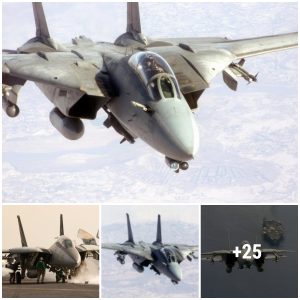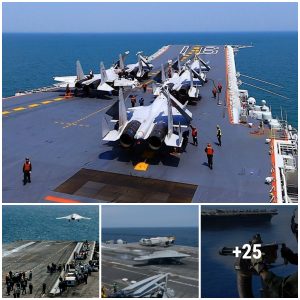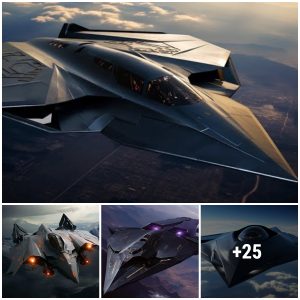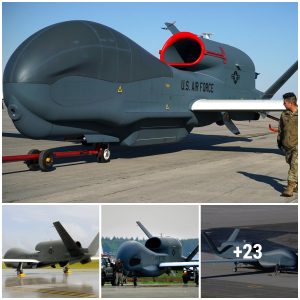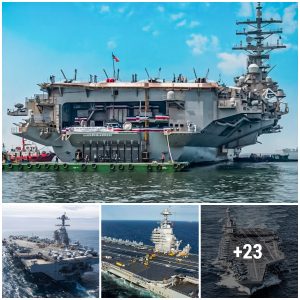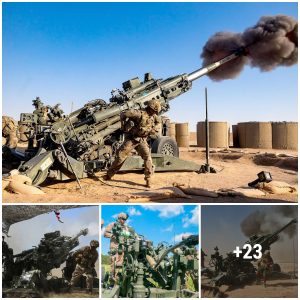The US Air Force is reportedly planning to deploy up to six nuclear-capable B-52 Stratofortress bombers to northern Australia as part of the country’s efforts to bolster security ties amid rising concerns about China’s invasion of Taiwan.

According to an investigation by ABC’s Four Corners, the US planned to build facilities at the Tindal air base in Australia’s Northern Territory to host the nuclear-capable bombers.
The facilities’ anticipated completion date and the source of information were not specified in the report. The report, however, said US authorities had designed plans for a “squadron operations facility” to feature a maintenance facility and parking spaces for six aircraft.
“The ability to deploy US Air Force bombers to Australia sends a strong message to adversaries about our ability to project lethal air power,” the US Air Force told the Australian Broadcaster.
The large aircraft, which has a 56-meter wingspan, can carry nuclear and conventional weaponry and has a combat range of more than 14,000 kilometers.
The B-52 Stratofortress fleet, which joined the US military during the Cold War and is anticipated to continue in service until 2050, is a critical component of the US defense strategy.
Australia and the US have been strengthening their long-standing security relations in light of the rising rivalry between Washington and Beijing in the Indo-Pacific region. Over the past year, the two nations have already signed several significant agreements, including the AUKUS partnership.

In September 2021, Australia, the United Kingdom, and the United States announced AUKUS, a new security agreement enabling Australia to deploy a fleet of nuclear submarines by 2040.
Caroline Kennedy, the US ambassador, spoke to ABC on October 31 but did not comment on the B-52 report. Instead, she stated that the region had “increasing tensions” and that Australia could count on its longtime ally.
Nevertheless, the latest development comes as the US constantly shows concerns about the escalating threat of a Chinese invasion of Taiwan. Earlier this month, a senior US Navy admiral warned that the US military must be prepared to repel an invasion that might occur as soon as this year.
The Communist Party of China has never ruled Taiwan, but it claims ownership of the self-governing island. Beijing has long maintained that while it prefers “peaceful reunification,” it may use force, particularly if the island officially declares independence.
US-Australia Cooperation Against China
The Tindal air base plan, which might cost up to $100 million and be finished by 2026, is reportedly a part of a much more comprehensive overhaul of defensive assets throughout northern Australia, including the Pine Gap spy facility.
Anti-nuclear activist Richard Tanter of the Nautilus Institute, who spoke to Four Corners, said, “it’s a sign to the Chinese that we are willing to be the tip of the spear.”
However, strategic analyst Rod Lyon, on the other hand, asserted that six B-52s stationed at Tindal on a rotational basis during the dry season do not make Australia “the tip of the spear” in a US battle with China.
The agreements for “enhanced air cooperation” and “rotational deployment of US aircraft of all types in Australia” were made at the biennial Australia-United States Ministerial (AUSMIN) talks in 2021; however, B-52s were not explicitly addressed.
Given the growing likelihood of a Chinese invasion of Taiwan, Dr. Malcolm Davis, a senior analyst at the Australian Strategic Policy Institute, said it was a “sensible move.”

Dr. Davis stated that Australia must take the lead in bolstering the US’ extended nuclear deterrent in novel ways, enhancing integrated deterrence in the Indo-Pacific, and cooperating with the US to deter China from using force to resolve territorial disputes.
He went on to say that Australian commitment to the US-Australia strategic partnership, which is so essential for its defense and national security, is demonstrated by hosting B-52s.
Following Chinese President Xi’s historic third-term victory and control of the supremely powerful seven-member Politburo Standing Committee of the Chinese Communist Party, concerns about China’s aggressive stance in the region have grown significantly.
Under the leadership of President Xi Jinping, China’s posture toward Taiwan has become more hostile, and Chinese warships and aircraft are now more visible in the area surrounding the island nation.
